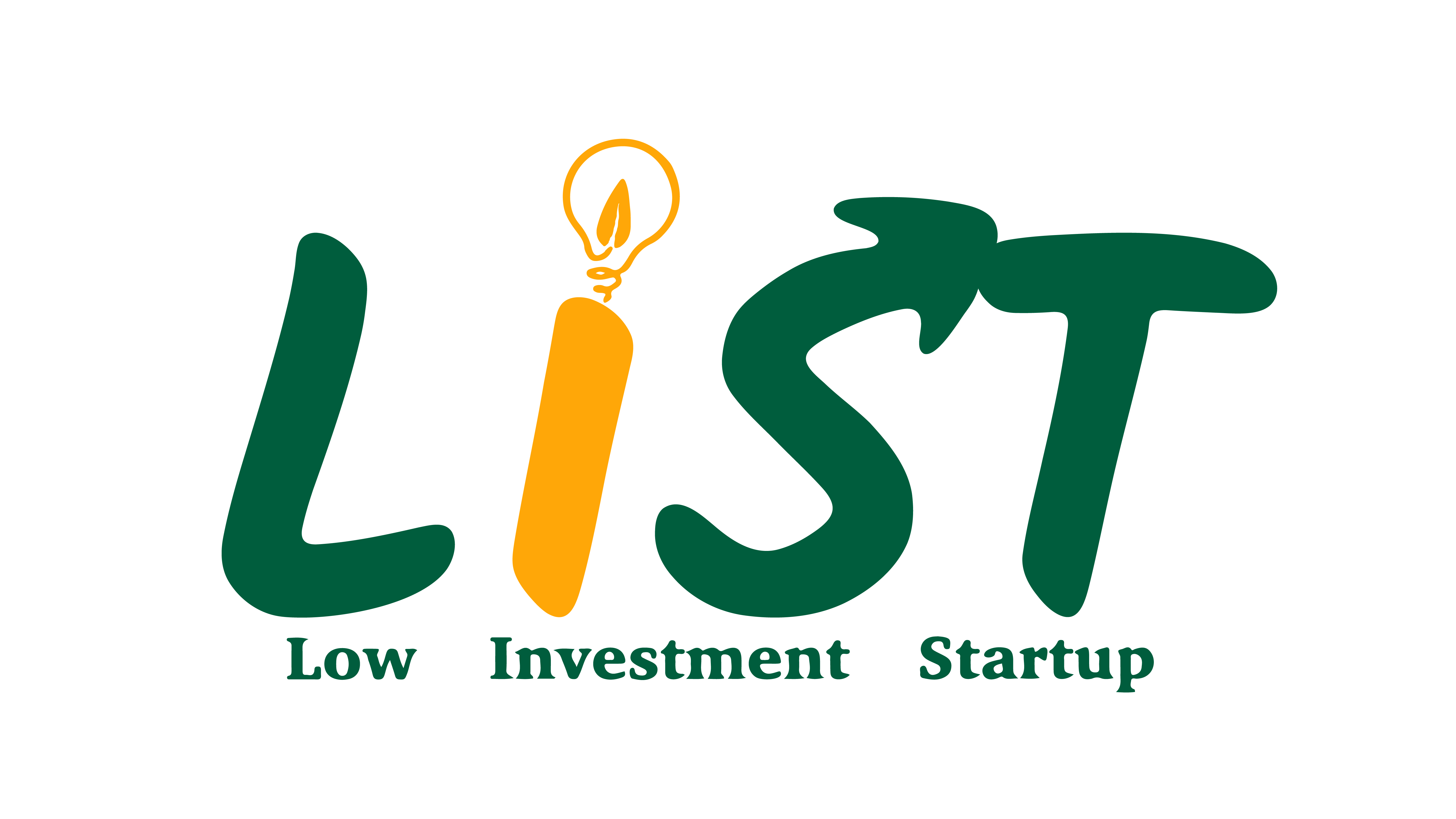Prototyping for Startups: How to Test Your Ideas Quickly and Affordably
Prototyping for startups is an essential step in the product development process. It allows entrepreneurs to test their ideas quickly and affordably, gather valuable feedback, and make informed decisions before launching a product or service to the market. Whether you’re building an MVP or using low-fidelity prototypes, these strategies will help you refine your concepts with minimal investment.
Key Strategies for Prototyping for Startups
- Define Your Objectives: Clearly outline the goals of your prototype. Identify what you want to test and validate, such as functionality, user experience, or market demand
- Start with a Minimum Viable Product (MVP): Create a simple version of your product that includes only the essential features. This allows you to test the core functionality and gather feedback without investing too much time or money
- Use Low-Fidelity Prototypes: Begin with basic prototypes, such as sketches, wireframes, or mockups. These low-fidelity prototypes are quick and inexpensive to create, making it easier to iterate based on feedback
- Leverage Digital Tools: Utilize digital prototyping tools, such as Figma, Sketch, or Adobe XD, to create interactive prototypes. These tools offer a cost-effective way to visualize and test your ideas
- Conduct User Testing: Share your prototypes with potential users and gather their feedback. User testing helps identify any issues or improvements needed, ensuring that your final product meets customer expectations
- Iterate and Improve: Continuously refine your prototypes based on user feedback and testing results. Iteration is key to developing a successful product that resonates with your target audience
Real Case Study: Zappos
Challenge: Zappos, an online shoe retailer, needed to validate the demand for their product before investing in inventory.
Solution: The founder, Nick Swinmurn, created a simple website and listed shoes that he didn’t actually own. When a customer placed an order, he would go to a local shoe store, purchase the shoes, and ship them to the customer
Results: This low-fidelity prototyping approach allowed Zappos to test the market demand without significant upfront costs. The positive response from customers validated the business idea, leading to the successful launch of Zappos.
Key Learnings: Simple and low-cost prototyping methods can effectively validate market demand and reduce the risk of investing in unproven ideas.
Actionable Insights for Entrepreneurs
- Be Proactive: Actively seek out opportunities to prototype and test your ideas.
- Show Appreciation: Recognize and thank users who participate in your testing process.
- Be Open to Feedback: Use feedback from users to refine and improve your prototypes.
Building a sustainable and ethical business model is a continuous journey that requires dedication, innovation, and a commitment to making a positive impact. By integrating these practices, businesses can not only contribute to a better world but also ensure their long-term success and profitability.
To learn more about Low-Investment, High-Impact Startup Assistance, visit Listartup’s website at https://listartup.com/.





Can you be more specific about the content of your article? After reading it, I still have some doubts. Hope you can help me.
Can you be more specific about the content of your article? After reading it, I still have some doubts. Hope you can help me.
Your article helped me a lot, is there any more related content? Thanks!
Your article helped me a lot, is there any more related content? Thanks!
Can you be more specific about the content of your article? After reading it, I still have some doubts. Hope you can help me.